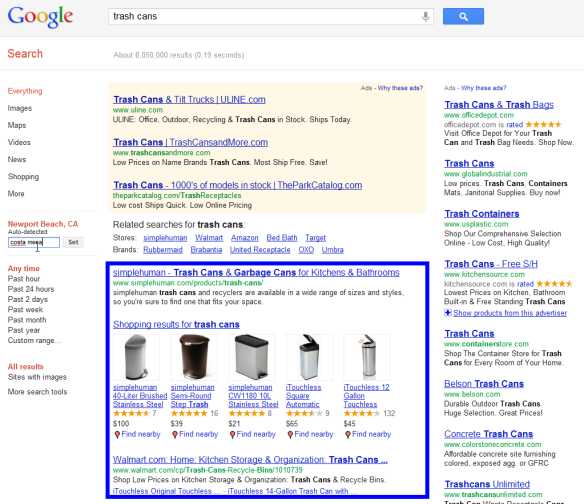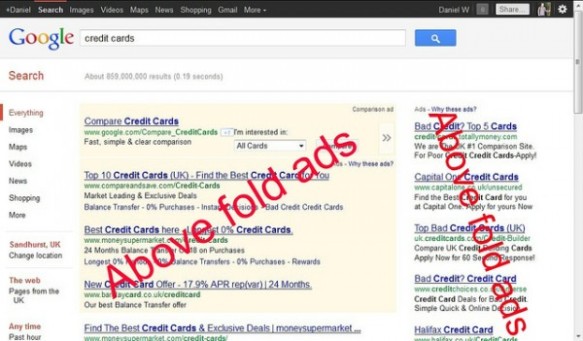Say goodbye to Photoshop

If we talk about digital image-editing software, Photoshop clearly comes in
mind.
Adobe’s program is probably the best and with a price of about 1000€ one of
the most expensive tools in this area.
Nowadays, Photoshop is the epitome of image editing. Not everyone needs it,
wants or can afford it and looks for alternatives. Meanwhile, there are a lot of Graphic-Tools that provide professional results similar to Photoshop. The extensive feature set of Photoshop leaves nothing to be desired, but quite a lot of them can also be found in free, (online) applications.
When I strumbled upon John Arnold’s Blog while discovering the web, I realized that there are quite some neat tools which are directly usable in the browser:
1. GIMP – opensource all-rounder 
The “GNU Image Manipulation Program” (GIMP) got published in 1995 and is by
now one of the most used free opensource alternatives
to Photoshop. For professional image-editing demands GIMP offers a lot of
features for the creation, design and editing of images and graphics.
The program contains all the common functions that we already know through
Photoshop and offers many effects and filters, good retouching- and montage
features as well as functions for image correction as well as tousands of
other options. Almost every action can be automatized by scripts. A lot of
downloadable plug-ins available in the internet allow to integrate useful features into GIMP and hence its opensource software it will be constantly developed.
2. Picnik – Google’s image-editing tool 
Today’s Web 2.0 provides countless free tools to edit images and graphics. The problem most of those tools have is that they lack possibilities in terms of functionality. Often there is too much advertising that impairs the usability of the program. When Google developed Picnik they created an exception. The application is based on Flash and in terms of usability and functionality almost on the same high level as Adobe’s Photoshop.
It’s possible to import photos from your own computer as well as from photocommunities like Flikr or from social networks like facebook and easily edit them. In addition to the usual image processing functions such as rotating, cropping, exposure, sharpness and colors, the basic version of Picnik provides the user some nice features like “Instant Slimming!”, adding picture frames or the possibility to place text(bubbles) in your picture for snapshots or traditional holiday photos. The premium account offers more features, including batch uploads, full-screening and professional photo editing tools.
While researching I found heaps of free image-editing tools and websites.
Most of them are pretty similar, without major differences in terms of
functionality. These tools are great but yet unable to compete with
Photoshop. You can easily sharpen or cutting a snapshot with Picnik, but
you will have problems with coloring or collaging. A huge plus for online
tools like Picnik is that they generally have no hardware requierements to
your computer. You don’t need a highend cpu neither an expensive graphic
card.
We will see what will be developed in the future.





 The head of the MPAA film industry association, Chris Dodd, claims US-President Barack Obama to support the controversially discussed law SOPA. If not, Obama has to go without any campaign contributions of Hollywood.
The head of the MPAA film industry association, Chris Dodd, claims US-President Barack Obama to support the controversially discussed law SOPA. If not, Obama has to go without any campaign contributions of Hollywood.
 Internet giant Google improves its search engine algorithm. For the first time the design of a website takes part in the search results. Homepages that show a lot of ads will be rated worse in the future.
Internet giant Google improves its search engine algorithm. For the first time the design of a website takes part in the search results. Homepages that show a lot of ads will be rated worse in the future.




